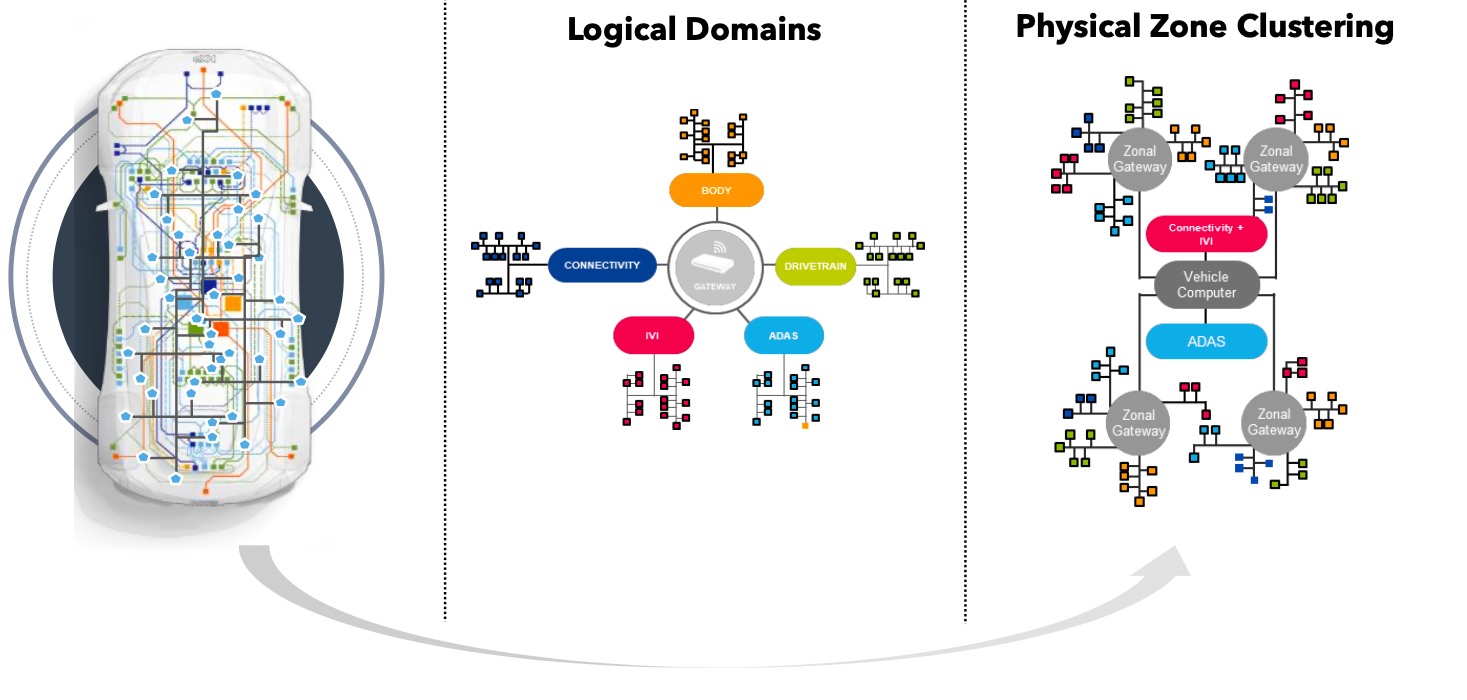
Digital twin technology can shorten automotive development cycles.
What Lies Ahead for Auto Industry in 2024
Trends in 2024 will demonstrate the need for extended collaboration at all stages in the automotive development process.The race to develop the most advanced, secure and safe vehicles on the road has been on for quite some time, but we expect that race to gain speed in 2024. Global competition between automakers, consumer demand for advanced features, upcoming automotive industry regulations and new entrants to the automotive silicon market are fueling this fierce battle.
Despite this competition and intensified market pressure, there is still a need for extended collaboration at all stages in the automotive development process to manage the increasing complexity of vehicle systems-on-chip (SoCs), the evolving cybersecurity threat landscape and shortening development cycles.
Here are our top four predictions that we see guiding the automotive market in 2024:
- Market Pressure Yields Shorter Automotive Development Cycles
One way the industry is lessening the time to market for vehicles is by using digital twin technology, which can be utilized for an entire vehicle, its software, electrical system, SoCs, etc., to detect performance issues, test new features and optimize features throughout the entire design and manufacturing processes. Digital twins – virtual models or representations of a system under development – can also be used for vehicle electrical/electronic (E/E)-system validation, allowing for a shift-left approach in automotive design that is invaluable for shortening design and development cycles. That’s because it permits early hardware and software integration and frontload testing. Additionally, silicon lifecycle management technology, with data collected from in-vehicle sensors for analysis, can deliver insights that will support root-cause analysis, predictive maintenance, and aging and degradation management.
- Centralized Zonal Architecture Will Begin to Come Online
- New Entrants to Automotive Silicon Design Call for Consulting Services
A common platform of chip design tools simplifies the effort and fosters better outcomes, eliminating the need to spend time making the tools work together. Beyond tools, additional expertise and consulting will be necessary for these companies, especially given the unique knowledge and technology required to develop automotive-grade products. There are simply not enough chip design engineers with automotive-grade expertise at each of these new-entrant automotive companies to round out an entire department without the use of consultants.
- UN Regulation 155 Will Increase Pressure for Cybersecurity
This new standard applies to software, systems, components and IP, and will require further collaboration throughout the entire automotive supply chain. There are various ways to prepare now for UN 155, including implementing a Threat Analysis and Risk Assessment (TARA) program, utilizing chip design and IP solutions developed with security in mind, using static analysis solutions to detect vulnerabilities early on, and implementing well-known encryption standards, to name a few.
We will see some major changes in the automotive industry next year. The industry will need to come together to deliver on upcoming regulations, new features that the consumer has come to expect, and faster times to market.

What Lies Ahead for Auto Industry in 2024
Trends in 2024 will demonstrate the need for extended collaboration at all stages in the automotive development process.





